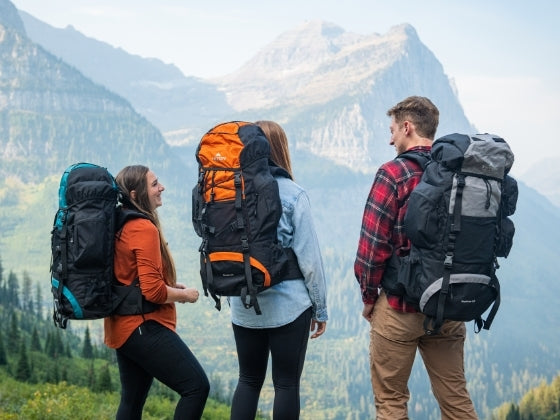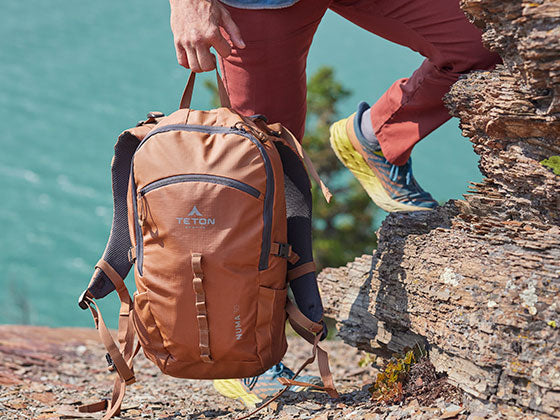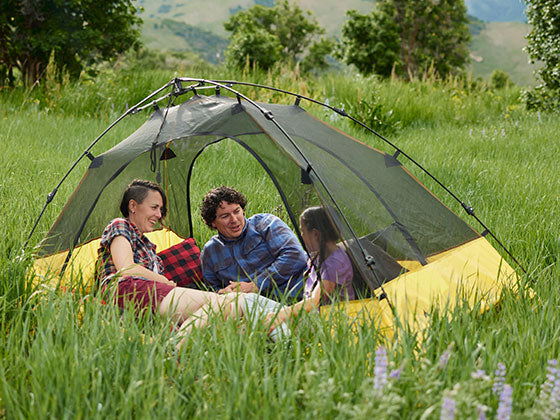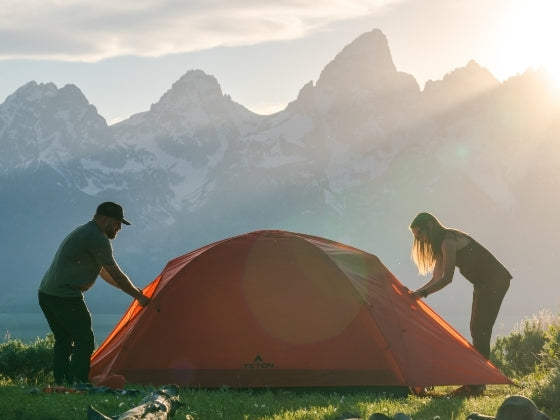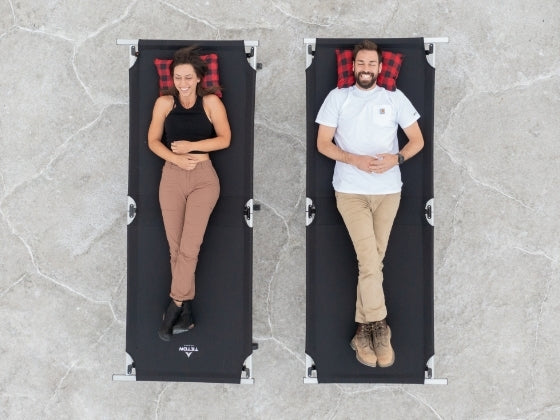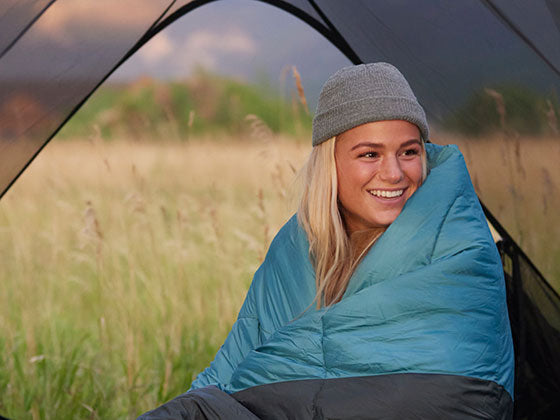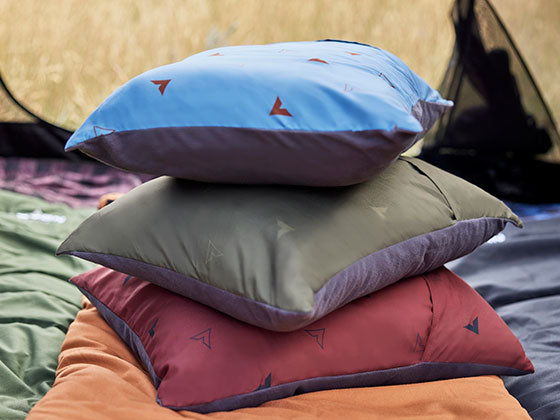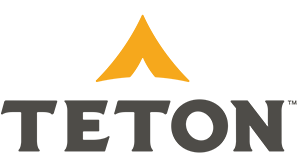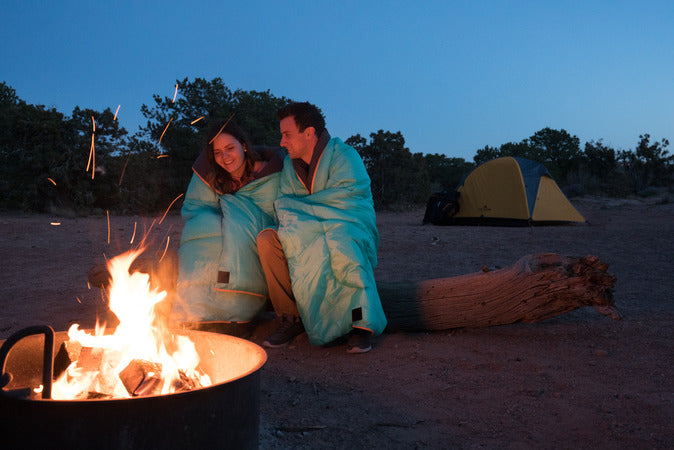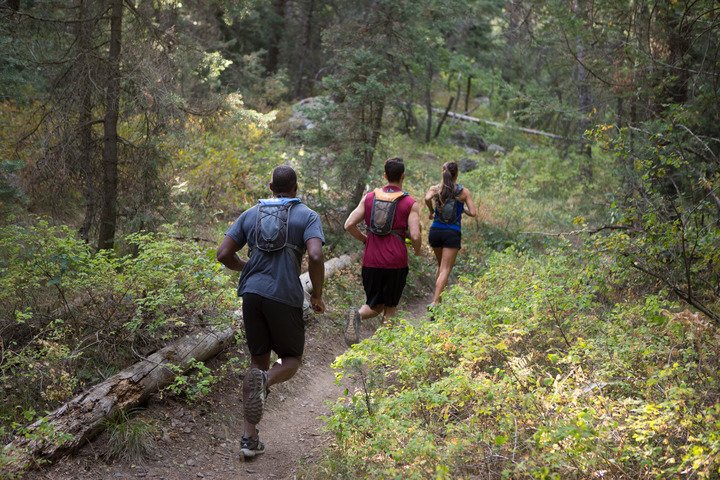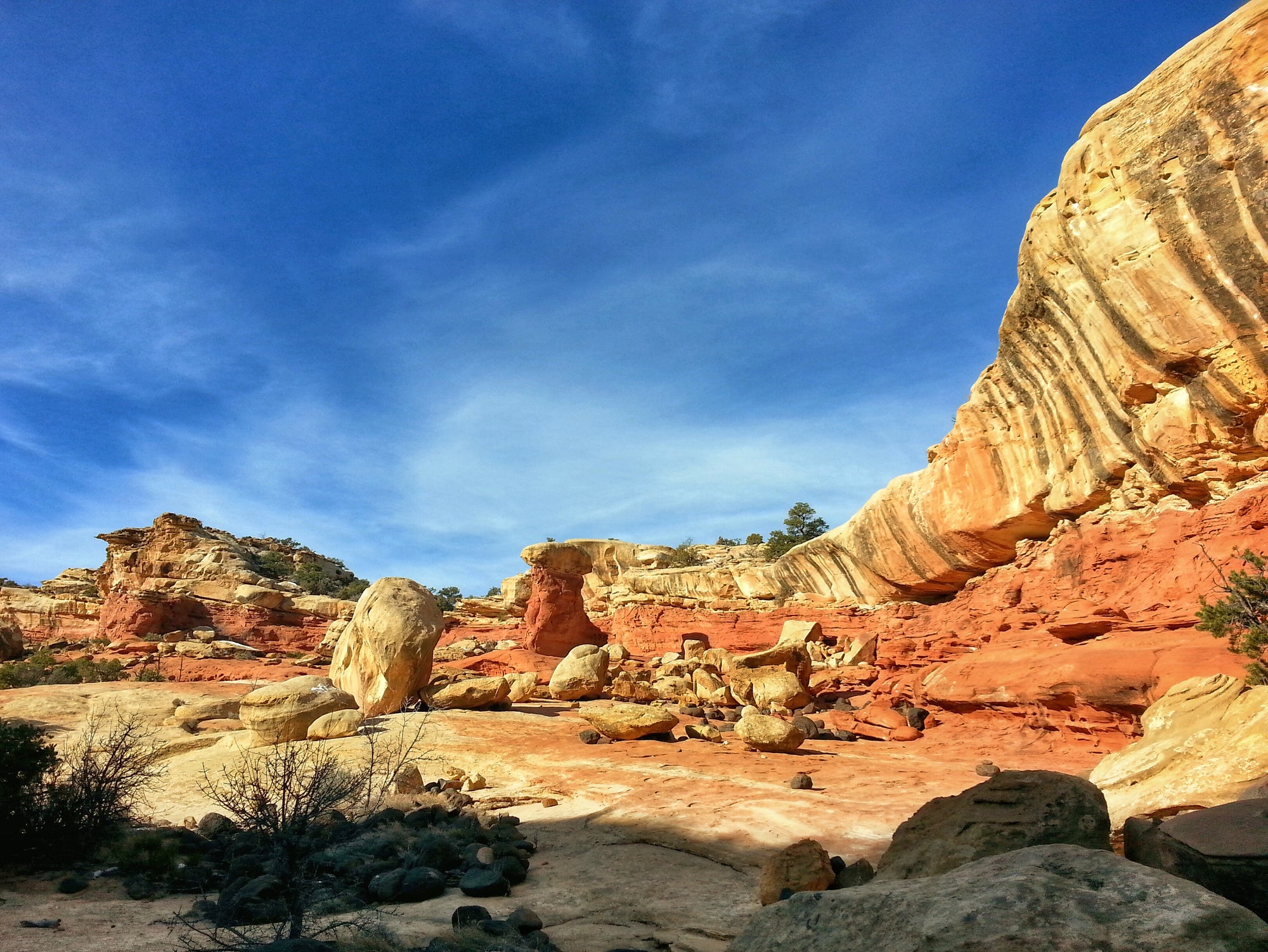How to Camp for Free
You want to get outdoors more, but camping fees are stacked against you. With a little research and a little creativity, you can head out every weekend — heck, go for a lifetime! — without paying for your sleep. This post does come with a disclaimer: Your fees in national, provincial and state lands help preserve the places you recreate in, so this post isn’t meant to dissuade you from paying when you can (and always when required!). For those on a budget, the following is for you:Try Dispersed Camping
If you’re game for solitude and roughing it, this is a great option. Dispersed camping means camping outside of an existing campground (some places require up to one mile away) and generally will not include any amenities, aside from a rare outhouse that may be found in more popular dispersed camping areas.
The benefits, beside free camping, is you’re more likely to be the only one there and the views can be spectacular. Just be sure you know Leave No Trace principles — imperative for backcountry camping — and that you check to make sure the place you’re looking to go is A-OK with the folks in charge. You can usually do this by calling the public land’s local office, or checking the camping rules often located near campgrounds and trailheads.
Use These Resources
It’s not necessarily easy to find a single resource that keeps an updated database of free places to set up camp, especially when it comes to tent camping rather than RV “camping”. However, if you patch together a few sites, you can usually find something near where you are headed, or, if you’re open to camping anywhere, then heck — any one of these sites can get you there.
Freecampsites.net provides information for North American camping areas. While the focus is on free sites, there are also camping areas that charge a fee, albeit on the less-expensive side of the scale. However, a quick glance differentiates between the two, and overall, the site is pretty easy to use.
Backroads Mapbooks are insanely good guides to have for Canadians (and those visiting Canada). Each guide book includes topo maps and information about all the outdoor activities available in regions across Canada, locatable by categorized lists and by map symbols. There is no end to the number of campsites listed in these guides (okay, there are, but I stopped counting).
If you’re up for digging through a pretty darn extensive list of campsite listings, go to allstays.com/Campgrounds. This site lets you search by state or province, then further breaks it down by municipal areas so you can fine-tune your search. Some of these areas won’t return any free sites in the search results, while others will have several, but it does show a fee scale for each site. Keep an eye out for the specific “free” classification rather than the plentiful listings for “$”-classified campsites. (Thanks to Karen for the heads up on this resource.)
A smaller list that can be completely broken down to only free results is campendium.com/free-camping; however, there are only 22 states listed and no Canadian sites.
Try the “Other” Public Lands
Canada’s Crown Land and its rough U.S. equivalent, BLM land, offer many areas of free camping, especially in the case of Crown Land where camping is nearly always free. However, in Canada, some provinces (like Ontario) require that foreigners pay a minimal permit fee.
When looking to BLM land, do a Google search for your local area or state to see which camping areas are available and free. (For an example of a BLM state camping list, including free campgrounds, see the California line up.)
Remember, if in doubt, don’t! If you don’t know the rules and you aren’t sure if the area you’d like to camp in is free, the ethical thing to do is pay for a spot or look somewhere else. There are many reasons why a place may be off-limits to camping, including land rehabilitation or potentially dangerous situations such as being in a flash-flood zone.
